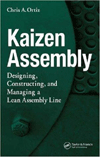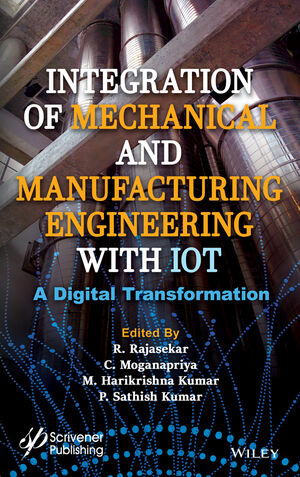In addition to state-of-the-art assembly equipment, people also contribute to the success of the Schneider Electric/Square D Lexington plant. More than 50 percent of the workforce has been employed at the facility for 20 years or more.
In addition to state-of-the-art production technology, people also contribute to the success of the Schneider Electric/Square D Lexington plant. “The most notable achievement is the commitment of our employees,” says Bob Spence, plant manager. “Our employees are the backbone of this [plant] and a major reason why we have been able to sustain the legacy of this facility for 50 years.
“Over the past 10 years, we have worked hard at our productivity and been successful,” adds Spence. “If we had not been year over year delivering over 5 percent productivity, the story might have been different, as we do not have the lowest wage rate in comparison to our competitors. [However], we do have great employees who are highly skilled at building quality products and working with us at our productivity challenge to keep jobs here in Lexington.”
The plant is blessed with a group of loyal, dedicated and hard-working employees. More than 50 percent of the workforce has been employed at the 2007 Assembly Plant of the Year for 20 years or more. In fact, several individuals have each worked there more than 40 years.
Employees at the unionized plant are represented by the International Brotherhood of Electrical Workers and the International Association of Machinists. Management works closely with them; major equipment and process changes are communicated to the workforce through meetings. After knowledge of events, operators are involved in planning and pre-installation activities to address ergonomic issues and provide feedback.
Schneider Electric/Square D Lexington employees are proud of their safety record. Between 2001 and 2006, the facility achieved a 46 percent reduction in medical incident rates. Ergonomics plays a key role in the process, and operators serve on the safety committee. In addition, employees participate in a S.T.E.P. (Safety Takes Every Person) program to drive involvement and accountability toward the plant’s safety program.
“Safety is our No. 1 priority,” says Spence. “We continue to set internal safety records and definitely lead the industry when we look at the safety rates of our competitors.
“As we have improved our workstation-level ergonomics, our severity of accidents has come down, along with a reduction in lost-time days missed by employees due to work-related accidents,” adds Spence. “When employees are at work, obviously we are more productive.”
Several ergonomic issues are being addressed with a new power-and-free conveyor system that is currently being installed in the plant. Many workstations will also be redesigned in 2008. “We are investigating using robots to unload painted load center boxes and covers from the power-and-free conveyor to the first assembly workstation,” explains Spence.
In addition to three in-house safety professionals, the plant has an ergonomist on-site two days a week. He works with associates who experience any work-related pain and discomfort. In addition, he works with manufacturing engineers to find ways to change workstation designs. Many solutions implemented have involved getting parts closer to the assembly line.
“Our team is constantly looking for ways to improve ergonomics,” says Bruce Molinar, senior manufacturing engineering manager. “[For instance], we have evaluated and sought feedback from our operators on ergonomic mats [that] allow standing over an eight- to 10-hour shift. We are constantly searching the market for new innovative methods to drive screws, tool balancers, operator assist mechanisms, fixtures and various other assist methods at the workstation.
“Many times, we cannot find our optimal solution for an operator issue,” adds Molinar. “[When that happens, we] make or modify a solution utilizing our internal toolmakers or our maintenance department.”
Related Articles
Related Products
See More ProductsSee More ProductsEvents
View AllSubmit An Event-
November 29, 2023 Error-Proofing Assembly Starts With a Connected Shop Floor
-
March 20, 2024 Automation 301: Improving Key Steps in Your Automation Process
×
Never miss the latest news and trends driving the manufacturing industry
Stay in the know on the latest assembly trends.
JOIN TODAY!Copyright ©2024. All Rights Reserved BNP Media.
Design, CMS, Hosting & Web Development :: ePublishing




